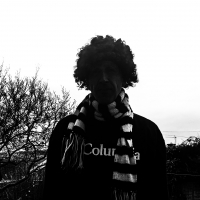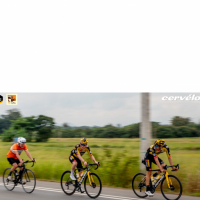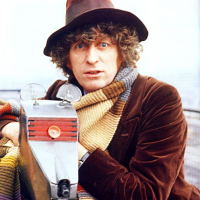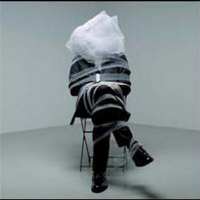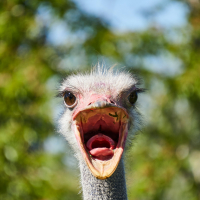TDF 2022:- Stage 12: Briançon to Alpe d’Heuz 165.1Km ***Spoilers***

Start Time: 13-05CET.
Briancon – Alpe d’Huez, is a classic for the Tour that with this same identical format. for the 3th time since 1952. It is clearly the queen stage of the race. An exact replica of the 1986 route, with the ascent of the Galibier once again on the programme, followed by the climb of the Col de la Croix de Fer, before tackling the 21 hairpins leading up to the Isère resort. That stage gave us one of the most iconic images in the history of the Tour.


It has been five editions since Le Tour last visited Briançon. The race went to the Col d’Izoard, where Warren Barguil took the spoils with a solo of 8 kilometres on the finish climb.
The last Alpe d’Huez visit happened one year later. In 2018, Steven Kruijswijk almost brought a 70 kilometres solo home. The Dutchman was caught with 3.5 kilometres to go before Geraint Thomas outsprinted an elite group to win his second consecutive stage in the edition that would eventually bring him overall glory.
The stage has the highest vertical gain: 4,750 meters over 66kms of cols and is raced pretty much in an anti clockwise direction, almost closing a complete circle.

The Climbs.
The Col du Lautarat and then the Galibier. The two passes together add up to 23 kilometres of climbing at 5.1%.
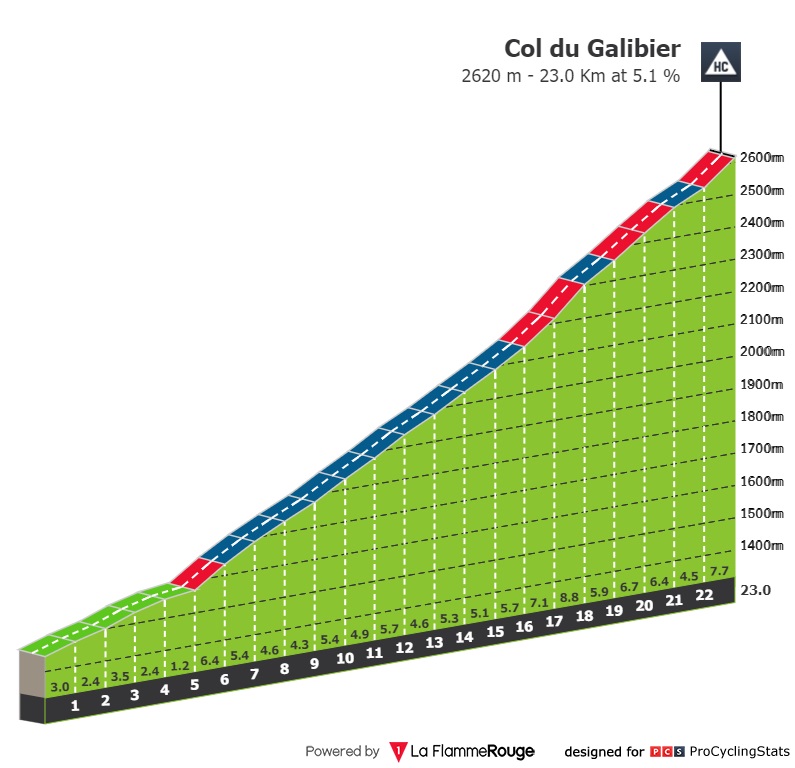
The Col de la Croix de Fer is a giant of 29 kilometres long with an average gradient of 5.2%. The statistic is misleading though, as it’s an extremely irregular ascent. The first part features a number of double digit ramps, and downhills as well. The last 6 kilometres of the Croix de Fer are more steady with an average gradient of 7.6%.

Final Kms.


What to expect.
A massive breakaway which, depending on what happened yesterday, the best of may, or may not go all the way.
As the lead group will be made up of strong climbers, the likelihood of a succesful breakaway increases and so, my guess is on someone like Bauke Mollema, Michael Storer or Michael Woods,
Briançon
Population: 12 800
Specialities: cabbage pie and sausage, tourtons du Champsaur (pies), blueberry pie, génépi. Manufacture of alphorns and sundials.
Briançon, capital of the Southern Alps
Ideally situated 1h30 from Gap, Grenoble and Turin, Briançon has always attracted a large national and international population each summer, eager to take advantage of its many assets, which make it a stronghold of French summer tourism.
A mountain town with a Mediterranean climate, nestled between the Écrins National Park and the Queyras Regional Nature Park, the town is uniquely positioned to offer its visitors an exceptional natural setting. From the wide-open spaces of the valleys to the mythical and renowned passes of the Grandes Alpes route, Briançon is a cycling stronghold. From the Izoard pass to the Galibier pass via the Lautaret pass, the roads in the area are essential for cycling enthusiasts and professionals.
Briançon also has a cultural heritage that is unique in France: combining its Alpine and Provencal influences, the town is also a UNESCO World Heritage Site for its Vauban fortifications.

BRIANÇON AND CYCLING
Bobet's trilogy in Briancon
The common history of the Tour de France and Briançon began in 1922 with a stage victory by Philippe Thys, who was already the first triple winner of the event. Subsequently, the names of the most illustrious champions have been added to the prize list of the town fortified by Vauban: Gino Bartali, Louison Bobet, Fausto Coppi, Charly Gaul, Gastone Nencini, Federico Bahamontes and Eddy Merckx, all of whom won the Tour.
Of all of them, it was undoubtedly Louison Bobet who made the biggest impression in the Hautes-Alpes prefecture with his three wins in 1950, 1953 and 1954. During the last finish in the town in 2007, the Colombian Mauricio Soler, who was also awarded the title of best climber that year, scored the most resounding success of his career. Ten years later, a stage from Briançon allowed Warren Barguil to conquer the Izoard and confirm his victory a few days earlier in Foix and to take the polka-dot jersey of best climber of this edition.

Tourtons du Champsaur
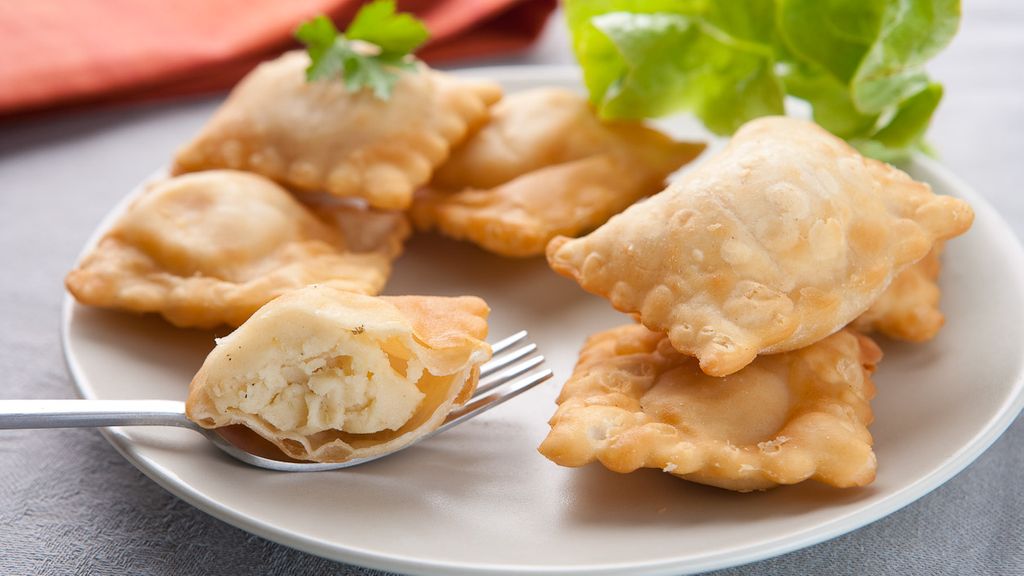
Blueberry Pie.
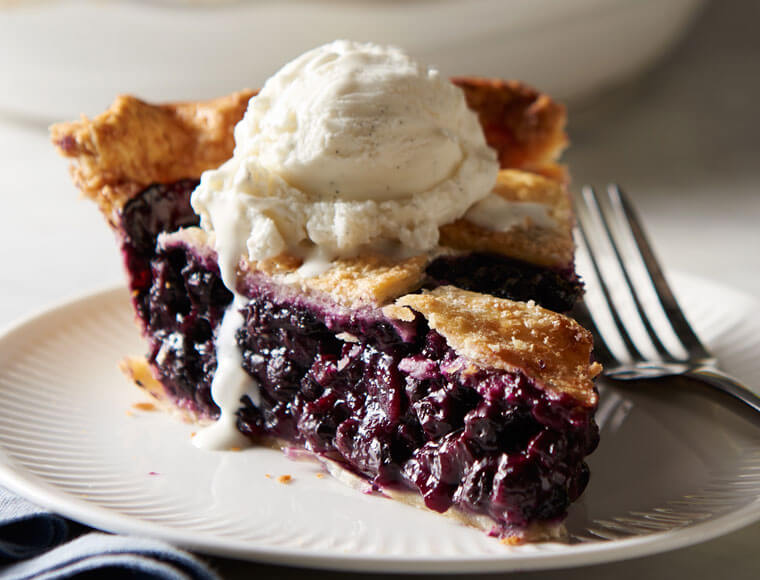
Alpe d'Huez.
Population: 1,400
Specialities: caillette: meat pâté (pork throat and liver, chard leaf, mushroom, spice, crépine). Farcis de l'Oisans (leek ball, cabbage, potato, egg, bread, cooked in a broth). Gratin dauphinois. Ganèfles (gratin made from grated potatoes). Oreilles d'âne (stuffed with spinach or meat). Cuisine triée (mountain recipe: ham, potatoes, dried coconut beans, barley, grated cheese), crozets (potato gnocchi). Digestives: Chartreuse, Génépi.
L’ALPE D'HUEZ AND CYCLING
In 1952, Fausto Coppi successfully inaugurated the 21-lap road. The repeated victories by Zoetemelk, Kuiper and Winnen later earned it the nickname of "mountain of the Dutch" before the Italians once again distinguished themselves with Gianni Bugno and then Marco Pantani. On the French side, Bernard Hinault was the first to win here in 1986. In 2011, Pierre Rolland took over and, in 2013, the blue-white-red colour was again in the spotlight with Christophe Riblon. The series continued in 2015 with the victory of Thibaut Pinot. In terms of stage victories, the Netherlands still lead the way with eight wins compared to seven for the Italians, four for the French and three for the Spanish.
In 2013, for its centenary, the Tour de France had the luxury of climbing the Alpe d'Huez twice. In 2018, Geraint Thomas built on his final victory in Paris by becoming the first Briton to win at the top.
However, the first finish in the resort, in 1952, did not convince the organisers, who did not return until 1976. Perhaps Fausto Coppi had something to do with it. He showed such ease that the organisers must have thought that the dreaded climb was too easy. This is what Max Favalelli, special envoy to the event, humorously recounted: "If you had been on the steep slopes leading to Alpe d'Huez on Friday and had seen Coppi go by, upright on his bike, hands on top of the handlebars, you might have said to yourself: 'Oh, but I've been told tales, the road is perfectly flat!”

Caillette
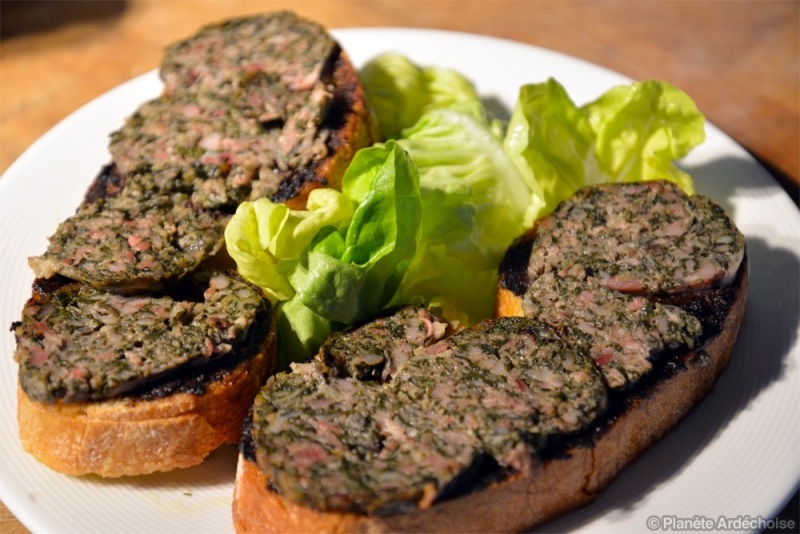
Oreilles d'âne
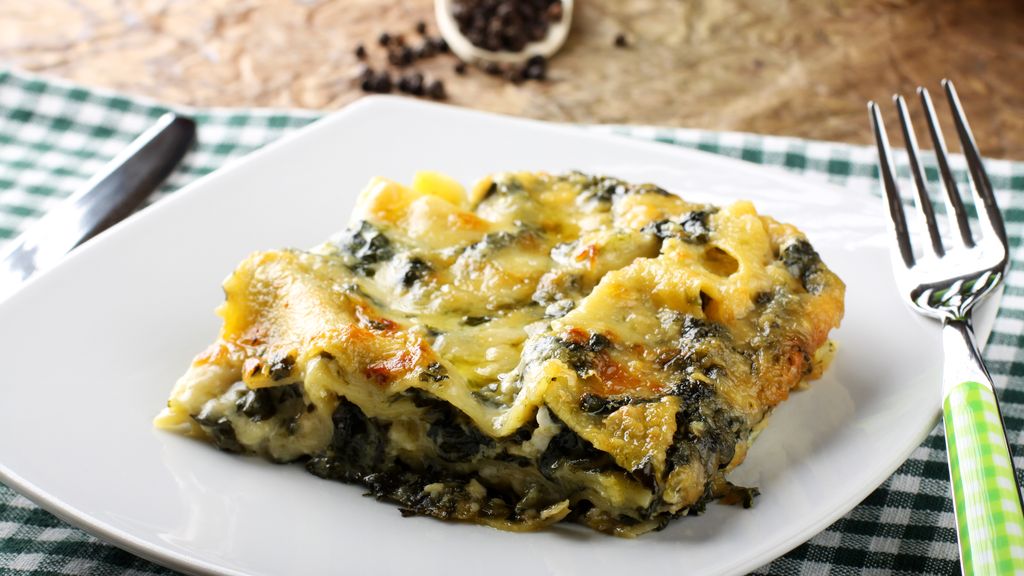
Chartreuse
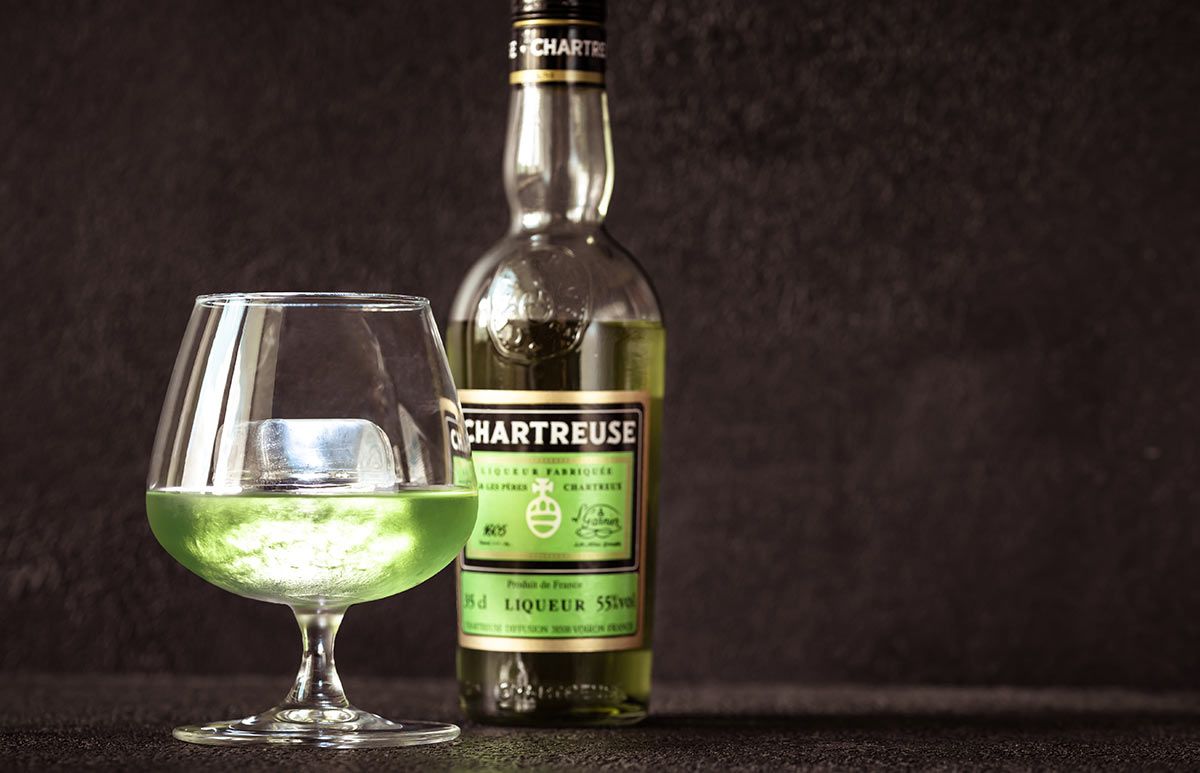
Comments
-
After today this one is intriguing.[Castle Donington Ladies FC - going up in '22]0
-
Jumbo will pace and be super conservative. They will try and let a big load of climbers go with a rider policing incase pog goes long but the intention is let the break win. Everyone who was at the front of s11 are going to want to leave the GC fight to the alpe .. Doing that 2 days in a row ? Maybe this peloton can?"If I was a 38 year old man, I definitely wouldn't be riding a bright yellow bike with Hello Kitty disc wheels, put it that way. What we're witnessing here is the world's most high profile mid-life crisis" Afx237vi Mon Jul 20, 2009 2:43 pm0
-
I'd expect Ineos, DSM and what's left of UAE to try and get as many riders as they can in the break, UAE to assist a potential kamikaze long range attack from Pogacar and Ineos and DSM just in case.0
-
Whisper it quietly, but Pinot might land that Bastille day win on the Alpe that Madiot dreams of....Warning No formatter is installed for the format1
-
Pinot is a good shout for the stage win.
Fingers crossed from some early GC action before the Alpe - it's hard to envisage we'll get it given Jumbo are so strong but modern cycling is proving unpredictable.
[Castle Donington Ladies FC - going up in '22]0 -
Come on lads, we need some Alp videos.
 https://youtu.be/Zd3BkQRDC68
https://youtu.be/Zd3BkQRDC68 https://youtu.be/GkUJa4ZzEpQ
https://youtu.be/GkUJa4ZzEpQ https://youtu.be/2-hb2z7W4uQ
https://youtu.be/2-hb2z7W4uQ https://youtu.be/Oh_OA2imdqE
https://youtu.be/Oh_OA2imdqE https://youtu.be/j6DjxbqWl30
https://youtu.be/j6DjxbqWl30
2 -
Given who is left in the race, that Barguil and Latour must be knackered after yesterday and that Bardet and Gaudu will likely be distracted by GC considerations, Pinot and Rolland are pretty much France's only hope of a win.No_Ta_Doctor said:Whisper it quietly, but Pinot might land that Bastille day win on the Alpe that Madiot dreams of....
0 -
Would love to see Ineos try and get Pidcock into the break.1
-
That dinosaur still cracks me up every time 😅rick_chasey said:Come on lads, we need some Alp videos.
 https://youtu.be/Zd3BkQRDC68
https://youtu.be/Zd3BkQRDC68 https://youtu.be/GkUJa4ZzEpQ
https://youtu.be/GkUJa4ZzEpQ https://youtu.be/2-hb2z7W4uQ
https://youtu.be/2-hb2z7W4uQ https://youtu.be/Oh_OA2imdqE
https://youtu.be/Oh_OA2imdqE https://youtu.be/j6DjxbqWl30Warning No formatter is installed for the format1
https://youtu.be/j6DjxbqWl30Warning No formatter is installed for the format1 -
-
On a serious note, the Alpe scares me every year, fingers crossed a pissed spectator doesn't make themselves the headline in the race reports.Warning No formatter is installed for the format1
-
Sprint points after 11.8km today - moving the sprint line earlier in these stages hasn't really helped to increase competition for the green when you know who wants it.
0 -
If Pog's weakness yesterday was simply high altitude performance, I wonder if any of the top GC riders will go really hard up Galibilier that hits ~2642m? There's heck of a long descent the other side to recover.
If a usually strong rider goes "pop" at high altitude, how quickly do they get their usual performance back?================
2020 Voodoo Marasa
2017 Cube Attain GTC Pro Disc 2016
2016 Voodoo Wazoo0 -
Chances of Ineos using Ganna to tow Martinez and or Pidcock into the break, Yates attacks on the Galibier, hammers the descent and has a team mate to help him on the Croix de Fer for a solo win on the Alpe ?[Castle Donington Ladies FC - going up in '22]0
-
I agree, particularly Dutch corner. Jonas will be fine as he is on the Dutch team, but I also worry for the likes of Pog, Thomas and Bardet if Jonas is having a bad day. It's been hot there this week, so a lot of tired, pissed or hungover 'fans' to upset things.No_Ta_Doctor said:On a serious note, the Alpe scares me every year, fingers crossed a pissed spectator doesn't make themselves the headline in the race reports.
Hopefully the Jonathans will be well represented and keep the road clear for all riders.1 -
as soon as the route was announced I thought that if they get away with zero fan incidents given it's 14 July, then ASO have dodged a bullet
Has the road been closed for the now customary week?0 -
Pinot wasn't at the pointy yesterday and strolled in 25 mins down chatting to gallopin"If I was a 38 year old man, I definitely wouldn't be riding a bright yellow bike with Hello Kitty disc wheels, put it that way. What we're witnessing here is the world's most high profile mid-life crisis" Afx237vi Mon Jul 20, 2009 2:43 pm0
-
France and ptp expects pinot"If I was a 38 year old man, I definitely wouldn't be riding a bright yellow bike with Hello Kitty disc wheels, put it that way. What we're witnessing here is the world's most high profile mid-life crisis" Afx237vi Mon Jul 20, 2009 2:43 pm0
-
So if you're Pog, do you go for it today?
After tomorrow there are a few "rest" days which are unlikely to have much GC action. Just let some breaks go - Jumbo in the past have been happy to do this - and recover until the Pyrenees before going full POG SMASH!!
A lot of Boucle still to go...We're in danger of confusing passion with incompetence
- @ddraver0 -
I think he will try on the alpe . Don't think he will try some long range attack .ddraver said:So if you're Pog, do you go for it today?
After tomorrow there are a few "rest" days which are unlikely to have much GC action. Just let some breaks go - Jumbo in the past have been happy to do this - and recover until the Pyrenees before going full POG SMASH!!
A lot of Boucle still to go..."If I was a 38 year old man, I definitely wouldn't be riding a bright yellow bike with Hello Kitty disc wheels, put it that way. What we're witnessing here is the world's most high profile mid-life crisis" Afx237vi Mon Jul 20, 2009 2:43 pm0 -
Warning No formatter is installed for the format0
-
So Jumbo-Visma to let a big climbers break go early and then defend? Or do they want the Alpe?Warning No formatter is installed for the format0
-
DefendNo_Ta_Doctor said:So Jumbo-Visma to let a big climbers break go early and then defend? Or do they want the Alpe?
"If I was a 38 year old man, I definitely wouldn't be riding a bright yellow bike with Hello Kitty disc wheels, put it that way. What we're witnessing here is the world's most high profile mid-life crisis" Afx237vi Mon Jul 20, 2009 2:43 pm0 -
They are off ... Powless having a dig ...minor crash kruijswijk down"If I was a 38 year old man, I definitely wouldn't be riding a bright yellow bike with Hello Kitty disc wheels, put it that way. What we're witnessing here is the world's most high profile mid-life crisis" Afx237vi Mon Jul 20, 2009 2:43 pm0
-
Kruijswijk and Yves Lampaert with a pavement plant."Science is a tool for cheaters". An anonymous French PE teacher.0
-
No pinot move"If I was a 38 year old man, I definitely wouldn't be riding a bright yellow bike with Hello Kitty disc wheels, put it that way. What we're witnessing here is the world's most high profile mid-life crisis" Afx237vi Mon Jul 20, 2009 2:43 pm0
-
Small break no fdj"If I was a 38 year old man, I definitely wouldn't be riding a bright yellow bike with Hello Kitty disc wheels, put it that way. What we're witnessing here is the world's most high profile mid-life crisis" Afx237vi Mon Jul 20, 2009 2:43 pm0
-
Peloton letting it go"If I was a 38 year old man, I definitely wouldn't be riding a bright yellow bike with Hello Kitty disc wheels, put it that way. What we're witnessing here is the world's most high profile mid-life crisis" Afx237vi Mon Jul 20, 2009 2:43 pm0
-
Very surprising, but a group of just 6 seem to be getting clear as it's all calm in the peloton."Science is a tool for cheaters". An anonymous French PE teacher.0
-
That's not a break that's lasting to the finish. Think we'll see moves from those that missed it on Galibier
Sprinters very happy with that start thoughWarning No formatter is installed for the format0
